For Beginners LLC
155 Main Street, Suite 211
Danbury, CT 06810 USA
www.forbeginnersbooks.com
Text: 2000 Jim Powell
Illustrations: 2000 Joe Lee
Cover Design: Rene Michaels
Cover Illustration: Joe Lee
All rights reserved. No part of this publication may be reproduced, stored in a retrieval system, or transmitted in any form or by any means, electronic, mechanical, photocopying, recording, or otherwise, without prior permission of the publisher.
A For Beginners Documentary Comic Book
Originally published by Writers and Readers, Inc.
Copyright 2000
Cataloging-in-publication information is available from the Library of Congress.
eISBN: 978-1-939994-06-6
For Beginners and Beginners Documentary Comic Books are published by For Beginners LLC.
v3.1

TABLE OF CONTENTS

INTRODUCTION
 undreds of years before Kipling wrote: East is East and West is West, and never the twain shall meet, East and West had been encountering each other. There were, of course, barriers. It was hard, for instance, to walk, ride a horse, or sail from Europe to Asiaespecially when you had to cross towering mountain ranges, thick belts of jungle, empty wastes of desert, and vast uncharted stretches of ocean. But these obstacles did not discourage such early explorers as Megasthenes and Marco Polo.
undreds of years before Kipling wrote: East is East and West is West, and never the twain shall meet, East and West had been encountering each other. There were, of course, barriers. It was hard, for instance, to walk, ride a horse, or sail from Europe to Asiaespecially when you had to cross towering mountain ranges, thick belts of jungle, empty wastes of desert, and vast uncharted stretches of ocean. But these obstacles did not discourage such early explorers as Megasthenes and Marco Polo.
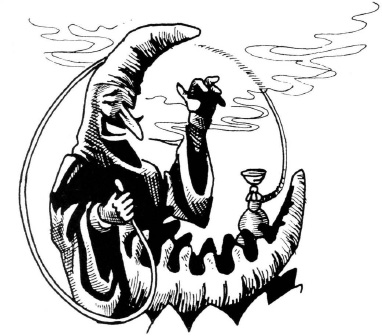
These men brought back fantastic tales: of wise men who prayed in the water naked, of gymnosophists (yogis) who subsisted on fragrances rather than foods, and who worshipped cows; of kings who had thousands of wives, one each night for 1,000 nights; of great snails so large that three or four men could shelter in their shells (tortoises); of huge horses with gigantic ears, teeth, and noses that reached to the ground (elephants), of people who washed the walls of their houses with cow dung, who killed nothing and ate no flesh, but subsisted on roots, rice, and milk; of folk who worshipped idolssome shaped like cows, some like monkeys, some like buffaloes, some like peacocks; of regions where the men and women went about virtually naked, with a cloth bound round their middle, and no other apparel; where the girls married at age five or six; where merchants did a great traffic in spices, silk, sandalwood, and sugar; where there grew a species of tree that bore fruit, wine, oil, sugar, vinegar, cords, coals, thatch, sails for ships, mats to sit or lie on, wood for houses, brooms for sweeping, and beams for building ships (the coconut palm).
All this they wrote of India. Of China and Japan, their stories seemed equally bizarre.

Like Alice in Wonderland encountering the hookah-smoking Caterpillar, the West has long regarded the East as an exotic Other. But this Other was dark, feminine, mysterious, and submissivean Oriental Other with tremulous gazelle-like eyes dark as lotus blossoms; alluring, dark-nippled breasts; an undulant dark-limbed body; nectar-like lips; smooth thighs; deep navel; flowing hair; breath fragrant as flowers of paradise, voice soft as liquified moonlight; and a mouth sweet as mango.
This image created an inaccurate picture of the Orient, a misrepresentation that attempted to sum up an entire swath of geography and cultures stretching from the cedars of Lebanon to the Zen temples of Japan. The image sought to shape this huge, unknowable mystery into something knowable and known, dreamily feminine and submissive. By producing such images, the West began to imagine and fantasize a feminine Orient, an amorous Orient, a passive, subjective, introverted, and weak Orienta dark love-bunny Orient unable to speak for herself, but in need of a Western voice for expression.
And what a voice the West gave the Orient!
When, for example, in the Divine Comedy, Dante wrote of Mohammed, the poet depicted him inhabiting one of the lowest regions of Hell. There Mohammed is punished by being eternally sliced in twain from his anus to the top of this head!
Alice: His sin?
Caterpillar: Being a false prophet.
But if Westerners underrated the Orient, they overrated it as well. Western scholars typically showed interest in the Classical Eras and Golden Ages of Eastern civilizationstheir great scriptures, works of art, philosophies, and religions. They were never so interested in their Oriental contemporaries: their hopes, desires, sufferings, and uniqueness.

And it is much the same today. Orientalists still tend to study the great philosophies of the East. Western orientalists know more about the great historical past of the Orient than most inhabitants of the Orient.
The Western orientalist imagines the Orient as eternal, unchanging, exotic, sexually insatiable, mystical, passive, subjective, introverted, spiritual, weak, primitive, mute, and silent. On the other hand, he imagines the West as virile, masculine, powerful, materialistic, extroverted, analytic, and objective.
Alice: Arent these just clichs and stereotypes?

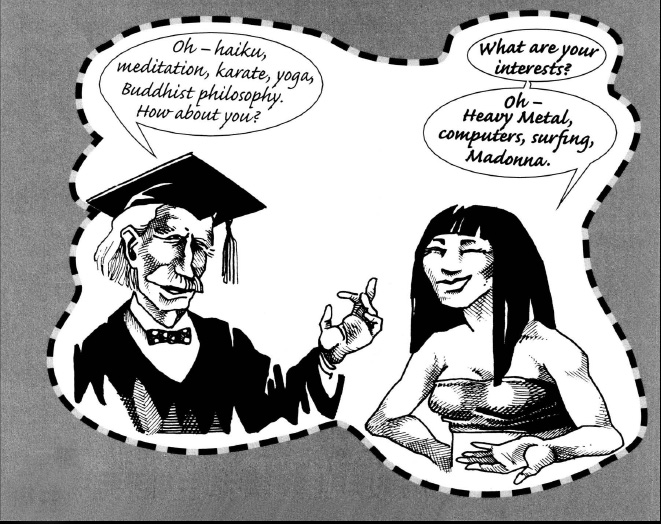
THE PHILOSOPHIES & RELIGIONS OF INDIA
 ndia. The very name conjures up images of snowy Himalayan peaks that seem to rise even higher than the moons orbit, of icy waters tumbling swiftly over dizzying precipices, of deep, thunder-voiced waterfalls blending in with the growling of young bears in their caves, of breezes bellowing through stands of bamboo, of the drone of bees intoxicated with sips of sweet mango blossoms, and of the resonant mantras of yogis chanting in their caves.
ndia. The very name conjures up images of snowy Himalayan peaks that seem to rise even higher than the moons orbit, of icy waters tumbling swiftly over dizzying precipices, of deep, thunder-voiced waterfalls blending in with the growling of young bears in their caves, of breezes bellowing through stands of bamboo, of the drone of bees intoxicated with sips of sweet mango blossoms, and of the resonant mantras of yogis chanting in their caves.
Just as the Himalayan summits rise up as the measure of all mountains, for many Western thinkers, Indian spiritualityexemplified by the meditations of yogis in their caveshas come to represent the peak of Indian culture. Yet there is a problem with these kinds of images. For Westerners have thought of India as a land of Gods sitting serenely atop pink lotuses floating on the cosmic waters; of Gods who have magically sprouted 3 heads and 5,000 arms; of naked fakirs sleeping on beds of nails; of snake charmers mesmerizing dark-hooded cobras; of elephants bathing in the moonlight; of turbaned rajas twiddling their dark, ornate mustaches while entwined with their lovers in impossible knots of flesh; of swarms of sagacious sahibs, worshippers, and sadhus swallowing sweetmeats.
The problem is that these are all Hindu images. And although introductions to Indian philosophy tend to center on Hinduism, India is far from being all Hindu. Verily, Hindus make up only about 60 percent of a diverse population of over 400 distinct religious communities. The waters flowing down from those Himalayan peaks quench the thirst not only of Hindus, but of Jews, Parsis, Jains, Sikhs, Buddhists, Christians, and Muslimsto name just a few.


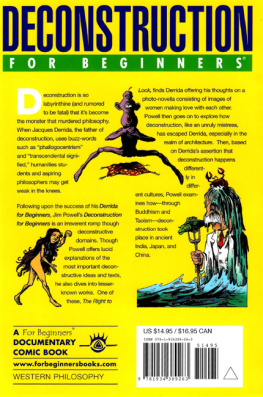


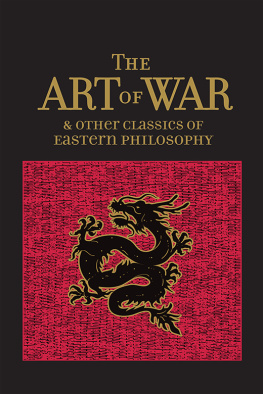
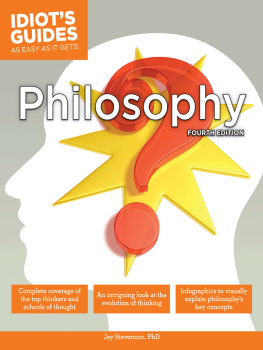

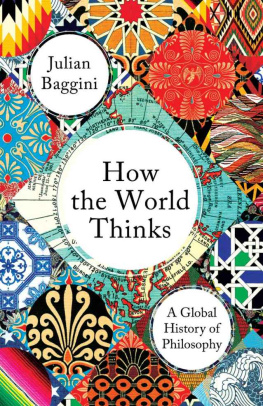
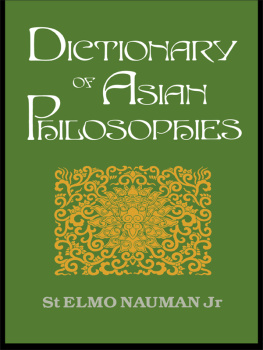

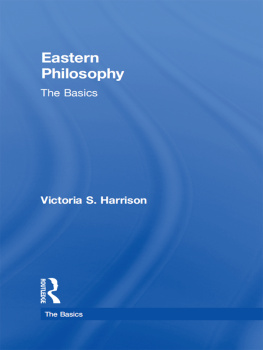



 undreds of years before Kipling wrote: East is East and West is West, and never the twain shall meet, East and West had been encountering each other. There were, of course, barriers. It was hard, for instance, to walk, ride a horse, or sail from Europe to Asiaespecially when you had to cross towering mountain ranges, thick belts of jungle, empty wastes of desert, and vast uncharted stretches of ocean. But these obstacles did not discourage such early explorers as Megasthenes and Marco Polo.
undreds of years before Kipling wrote: East is East and West is West, and never the twain shall meet, East and West had been encountering each other. There were, of course, barriers. It was hard, for instance, to walk, ride a horse, or sail from Europe to Asiaespecially when you had to cross towering mountain ranges, thick belts of jungle, empty wastes of desert, and vast uncharted stretches of ocean. But these obstacles did not discourage such early explorers as Megasthenes and Marco Polo.




 ndia. The very name conjures up images of snowy Himalayan peaks that seem to rise even higher than the moons orbit, of icy waters tumbling swiftly over dizzying precipices, of deep, thunder-voiced waterfalls blending in with the growling of young bears in their caves, of breezes bellowing through stands of bamboo, of the drone of bees intoxicated with sips of sweet mango blossoms, and of the resonant mantras of yogis chanting in their caves.
ndia. The very name conjures up images of snowy Himalayan peaks that seem to rise even higher than the moons orbit, of icy waters tumbling swiftly over dizzying precipices, of deep, thunder-voiced waterfalls blending in with the growling of young bears in their caves, of breezes bellowing through stands of bamboo, of the drone of bees intoxicated with sips of sweet mango blossoms, and of the resonant mantras of yogis chanting in their caves.